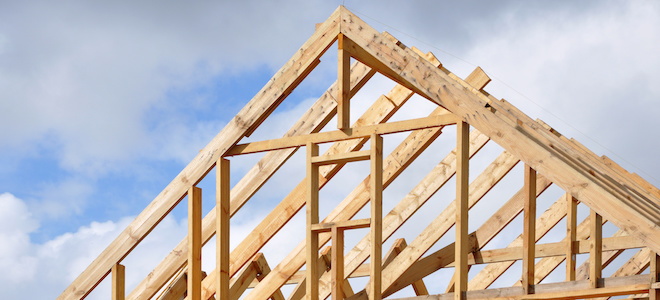The bay is the space within the truss and the longitudinal joining members are purlins.
Roof trusses distance apart.
With this design change roof trusses could be placed 12 feet apart making it possible for roofs to support the loads to which they would be subjected.
Once you ve calculated the number of trusses you will need you should purchase the lumber.
For many traditional stick frame builders trusses spaced 8 feet apart seems unnatural but thanks to the ingenuity of modern engineering it is a very common building design.
This is traced back to building codes and structural design standards.
The same concept holds true for roof trusses.
In addition each roofing truss will be made of a two by four piece of lumber or in areas with expected or usual heavy snow fall there will be trusses which are two inches by six inches.
Flat the most economical flat truss for a roof is provided when the depth of the truss in inches is approximately equal to 7 of the span in inches.
With traditional stick frame construction the trusses are usually spaced 2 feet apart.
So the space between rafters can be greater without reducing the maximum span.
I ve had roof truss manufacturers try to convince me it is impossible to place wood trusses at spacings of over every 4 feet.
Common spacing for trusses on this type of building is often between 2 and 4 feet but trusses built with advanced designs may allow spacing as great as 8 or 12 feet.
Putting the trusses into place.
Most are spaced between 18 26 inches apart.
Their defense is our engineers will not allow us to.
Most economical when the difference in slope between the top and bottom chords is at least 3 12 or the bottom chord pitch is no more than half the top chord pitch.
Also important to note here is that a two inch in a two by four or two by six is only one and a half inches in actual weight.

